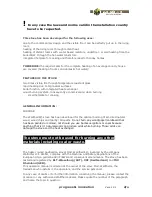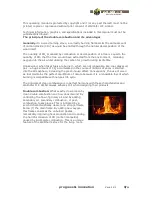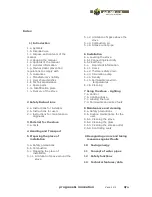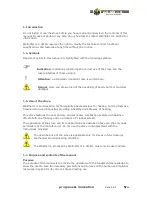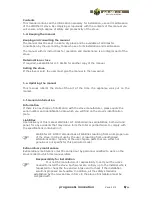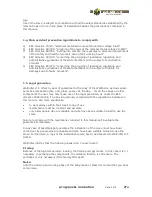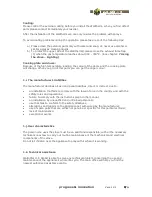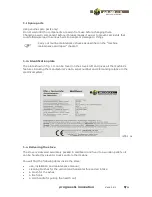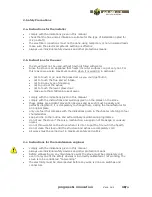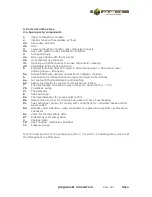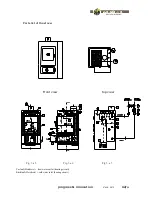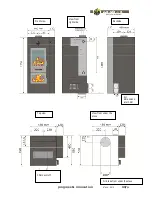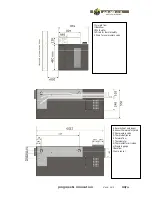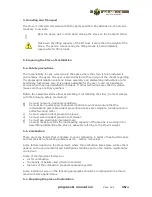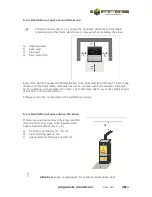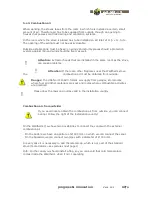
progress & innovation
Vers. 12.1
3
/
46
This operating manual is protected by copyright and it (or any part thereof) must not be
printed, copied or reproduced without prior consent of Wallnöfer H.F. GmbH.
Technical information, graphics, and specifications included in this manual must not be
published/distributed.
The principle of the double combustion and its advantages
Generally: In a wood burning stove, a correctly burning flame emits the same amount
of carbon dioxide (CO
2
) as would be emitted through the natural decomposition of the
wood itself.
The quantity of CO
2
produced by combustion or decomposition of a tree is equal to the
quantity of CO
2
that the tree would have extracted from the environment, releasing
oxygen into the air whilst utilising the carbon for growth during its lifetime.
Unlike wood, when fossil fuels are burned – which are not renewable, like coal, diesel oil,
gas – a huge amount of CO
2
accumulated in the course of millions of years is emitted
into the atmosphere, increasing the green-house effect. Consequently, the use of wood
as fuel maintains the perfect equilibrium of nature because it is a renewable fuel of which
burning is compatible with nature’s life cycle.
The principle of clean combustion is in perfect harmony with these characteristics and
Wallnöfer H.F. GmbH always adheres to it when designing their products.
Double combustion: What exactly do we mean by
clean double combustion and how does it work? By
controlling the flow of primary air and by adding
secondary air, secondary combustion, or post-
combustion, takes places. This is indicated by a
second characteristically clearer and stronger flame
below (?) the main flame. By adding new oxygen,
this flame consumes the unburned gasses,
remarkably improving heat production and reducing
the harmful emission of CO (carbon monoxide)
caused by incomplete combustion. This is a unique
feature of the Walltherm stove for the living room.


